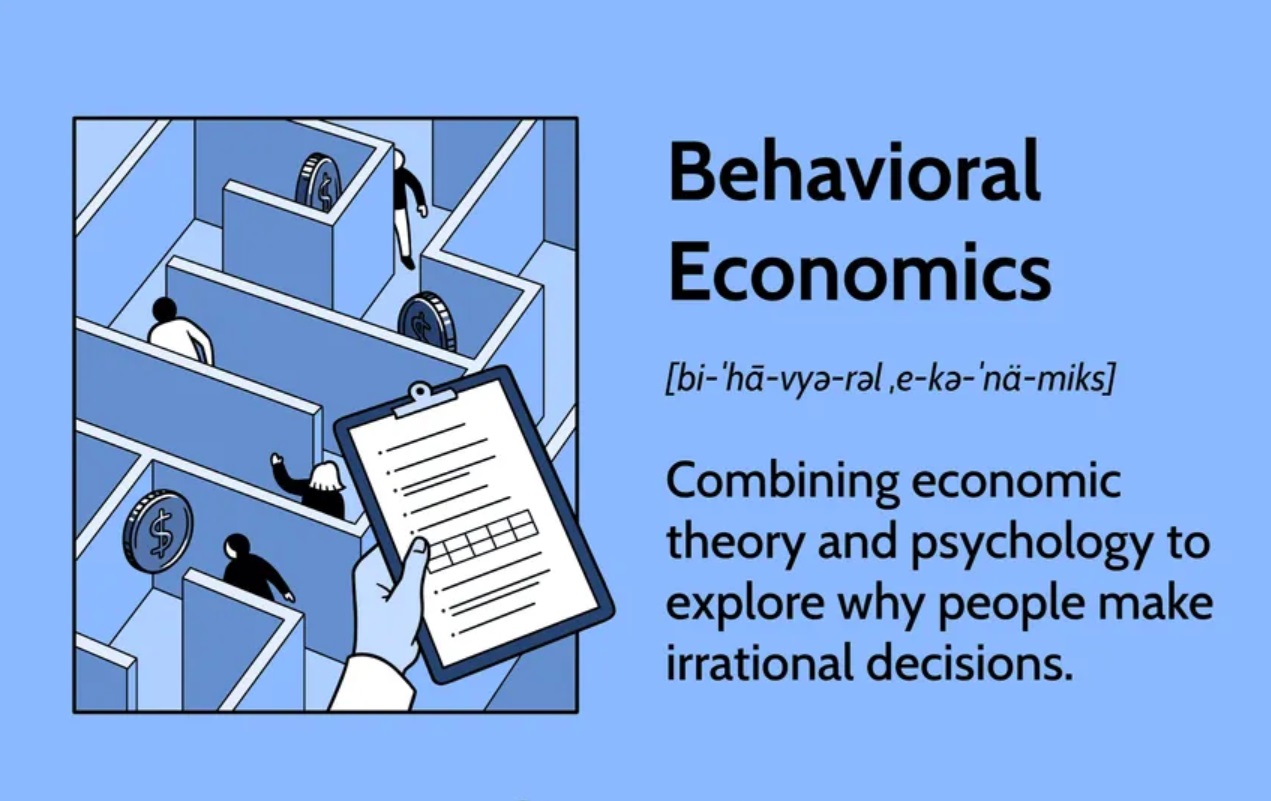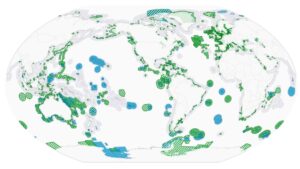Wildlife conservation requires significant financial resources, and raising funds for such efforts can be challenging, especially when dealing with a diverse range of investors—from small-scale individual donors to large institutional investors.
To effectively engage these stakeholders, fundraisers must understand the psychology driving wildlife investors, the challenges in connecting them with causes that may not impact their daily lives, and how they can overcome these obstacles.
This article dives into the mindset of wildlife investors and explores strategies to bridge the gap between passion and financial commitment.
The Mindset of Wildlife Investors: A Spectrum from Small to Large
1. The Everyday Investor (Small-Scale Donors)
For many people, investing in wildlife conservation may not be financially motivated but driven by a desire to make a difference. However, struggling investors, often find themselves conflicted: they want to contribute but may feel constrained.
Here, psychological factors like empathy and moral identity come into play. Research shows that individuals who strongly identify with moral causes, such as environmental stewardship, are more likely to make donations, even if they have limited resources (Skarmeas & Shabbir, 2011). However, their contributions may remain small and sporadic due to financial limitations.
Challenges: Fundraisers often struggle to get consistent, long-term donations from small-scale investors. These individuals may not perceive their small contributions as impactful or might prioritize more immediate personal needs over environmental causes. Moreover, wildlife conservation may seem distant, making it harder for individuals to connect with the message these stories represent.
Solution: Offering micro-investment opportunities, and wildlife crowdfunding platforms, can help engage everyday investors. Fundraisers can also focus on personalized communication and highlight how small contributions collectively create significant impacts. Campaigns such as those by the World Wildlife Fund have successfully used emotional storytelling and visuals to show the tangible outcomes of even modest donations, reinforcing that everyone can play a role in conservation.
2. The Impact Investor (Mid-Level to High Net-Worth Individuals)
Impact investors often have a dual objective: making financial returns while creating a positive social or environmental impact. For these investors, the decision-making process involves balancing financial gain with a potential ecological risk.
A driving factor for this group is legacy thinking, or the desire to leave a lasting impact on the world. According to a report by The Global Impact Investing Network, impact investors enjoy areas like conservation where they see the potential for measurable long-term benefits, financial and environmental (GIIN, 2020).
Challenges: Convincing these investors that wildlife conservation can provide a financial return is often difficult. Impact investors are wary of projects that seem purely philanthropic, fearing that their investment won’t yield a sustainable return. Additionally, wildlife conservation projects often involve long time frames and complex risk factors that can deter investors looking for more immediate gains.
Solution: Fundraisers should highlight innovative financial instruments, such as blue bonds or green investments, that show potential for financial returns while addressing conservation goals. For example, one of the reasons the Seychelles Blue Bond was designed was to attract impact investors by using government guarantees to reduce risk, while demonstrating clear environmental outcomes, such as sustainable fisheries. Derisking investment and providing measurable results, fundraisers can better engage this group.
3. Institutional Investors (Foundations, Development Banks, and Pension Funds)
At the highest level, institutional investors have significant capital and are often motivated by financial and reputational considerations. Many institutional investors are beginning to integrate Environmental, Social, and Governance (ESG) criteria into their investment strategies, driven by increasing pressure from stakeholders and regulators to demonstrate sustainability in their portfolios (Schoenmaker & Schramade, 2019).
However, wildlife conservation remains underfunded compared to other sectors, such as clean energy or social welfare, because of perceived risks, long payback periods, and the difficulty in quantifying ecological returns.
Challenges: One of the major difficulties with institutional investors is the perception that wildlife conservation lacks scalable, investable opportunities. Wildlife projects may be high-risk, with unpredictable outcomes, making them less attractive to institutions seeking reliable, long-term financial returns. Furthermore, quantifying the environmental impact in economic terms is often complex, and many institutions hesitate to invest in projects without clear metrics of success.
Solution: Fundraisers must develop clear, science-based impact metrics and align their projects with institutional ESG criteria. For instance, initiatives that monetize ecosystem services (e.g., carbon credits for reforestation projects) offer an economic incentive that appeals to institutional investors. The Verde Ventures Fund, managed by Conservation International, is one example of how institutional capital has been directed toward wildlife conservation by demonstrating measurable environmental benefits alongside financial returns.
Why Is It So Difficult to Connect Investors to Wildlife Causes?
One of the fundamental challenges in raising funds for wildlife conservation is that many potential investors don’t perceive an immediate, tangible connection between their lives and the issue. This psychological disconnect is driven by several factors:
- Proximity Bias: Investors are more likely to engage with causes that have a direct, visible impact on their lives, especially for species or habitats that are geographically distant. Wildlife conservation investing may seem too abstract or remote.
- Uncertainty and Risk: Conservation projects often struggle with long-term timelines and uncertain outcomes. This unpredictability can deter investors, especially those looking for more immediate or reliable returns.
- Moral Licensing: Some individuals or companies may feel that their occasional charitable donations “offset” any future investment in wildlife conservation. This phenomenon, known as moral licensing, can lead to reduced engagement over time (Sachdeva, Iliev, & Medin, 2009).
Bridging the Gap: How to Engage Wildlife Investors
To overcome these psychological barriers, fundraisers should find ways to make wildlife conservation feel more relevant and immediate to investors. Here are a few strategies:
- Storytelling & Emotional Connection: Emotional appeals that humanize wildlife conservation can create empathy and urgency. Campaigns that use visuals, narratives, and data to show both the ecological and societal benefits of conservation tend to resonate better with potential investors. For example, documentaries like David Attenborough’s Our Planet have raised awareness about biodiversity loss, inspiring people to take action.
- Tangible Incentives: Introducing eco-tourism opportunities and wildlife bonds can help investors see the benefits of supporting conservation efforts. By creating tourism projects around MPAs (Marine Protected Areas), fundraisers can offer investors real, measurable returns while preserving biodiversity.
- Data-Driven Impact Reports: Fundraisers leverage data transparency to show potential investors exactly how their money will make an impact. Offering detailed reports that quantify ecological success (e.g., species recovery rates or carbon sequestration) will allow them to build trust and confidence in conservation projects.
- Gamification and Engagement: Interactive digital platforms, where small-scale investors can track the real-time impact of their donations, can help them feel more involved. The Mikoko Pamoja Project, for example, allows donors to see the direct effect of their investment in mangrove reforestation, creating a stronger emotional and financial connection to the cause.
Overcoming Psychological Barriers to Wildlife Investment
Understanding the psychology behind wildlife investment decisions is key to crafting strategies that attract diverse stakeholders. From small-scale donors to institutional investors, fundraisers must align their strategies with each group’s unique motivations.
By leveraging emotional storytelling, transparent data, and financial innovations like eco-tourism and blue bonds, fundraisers can bridge the gap between passion and profit, turning more paper parks into thriving ecosystems.
Sources:
- Skarmeas, D., & Shabbir, H. A. (2011). The role of brand familiarity and perceived risk in building emotional connection. Journal of Business Research
- The Global Impact Investing Network (GIIN) Report, 2020
- Schoenmaker, D., & Schramade, W. (2019). Principles of Sustainable Finance
- Sachdeva, S., Iliev, R., & Medin, D. L. (2009). Sinning saints and saintly sinners: The paradox of moral self-regulation. Psychological Science




